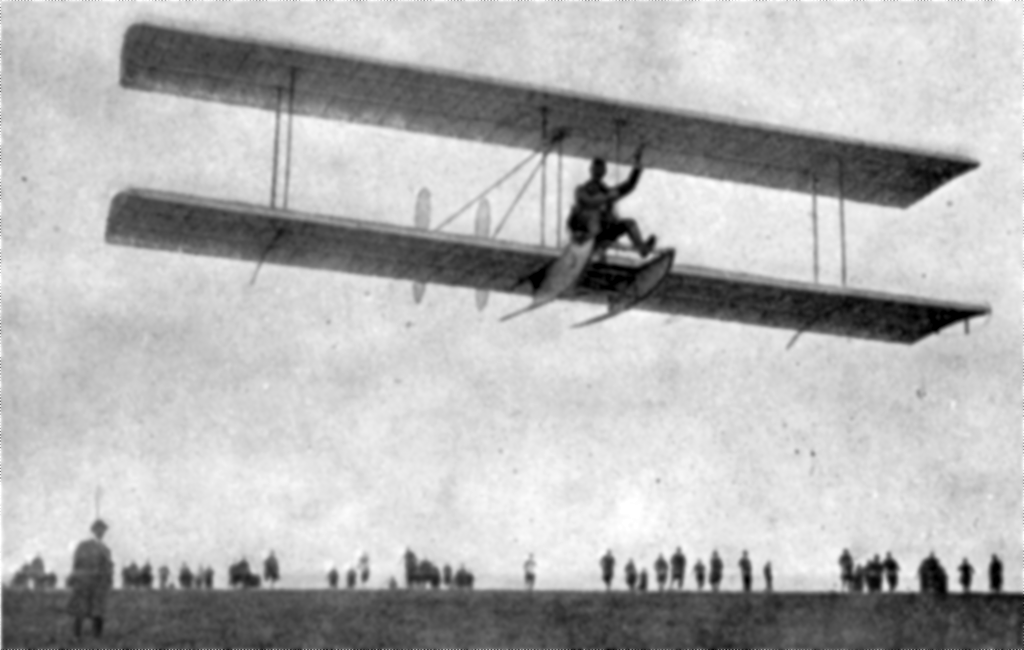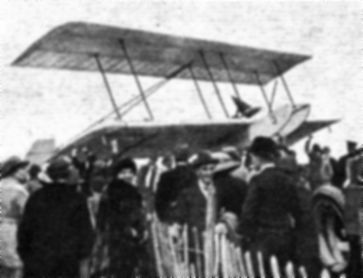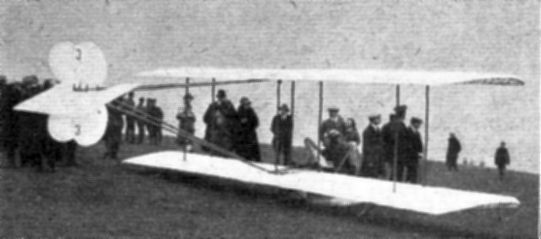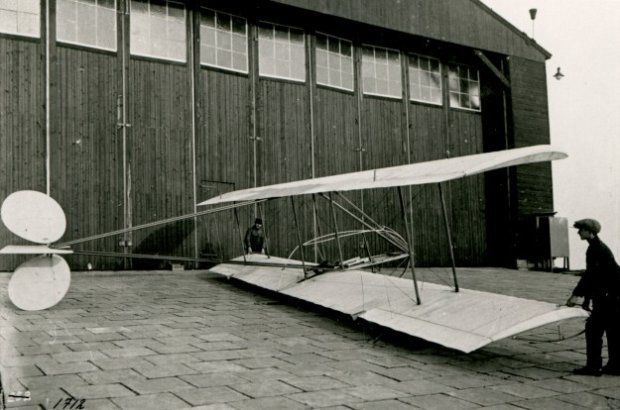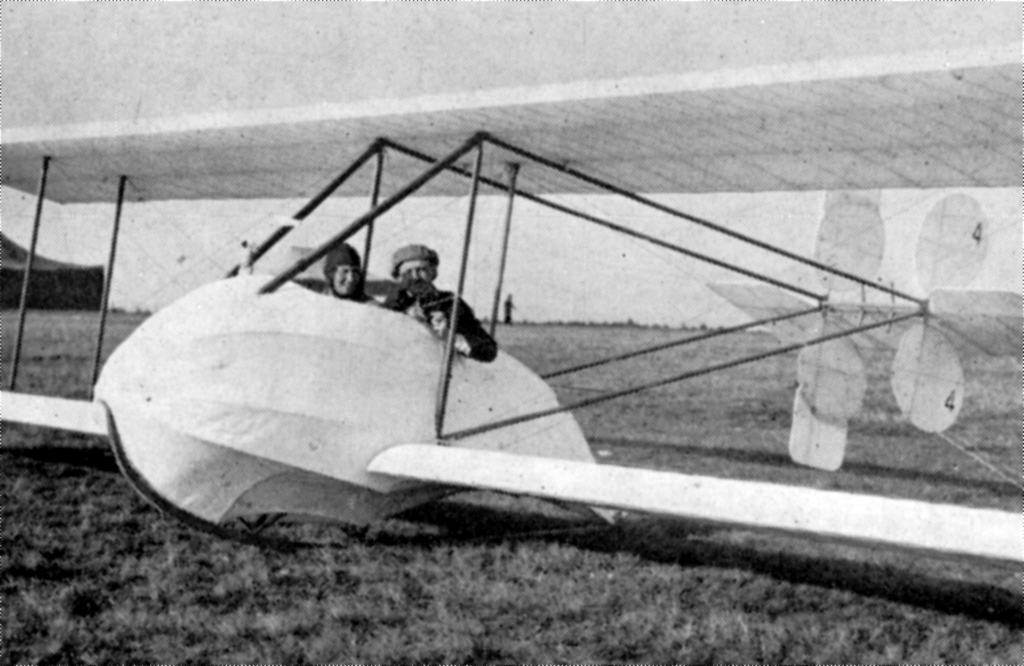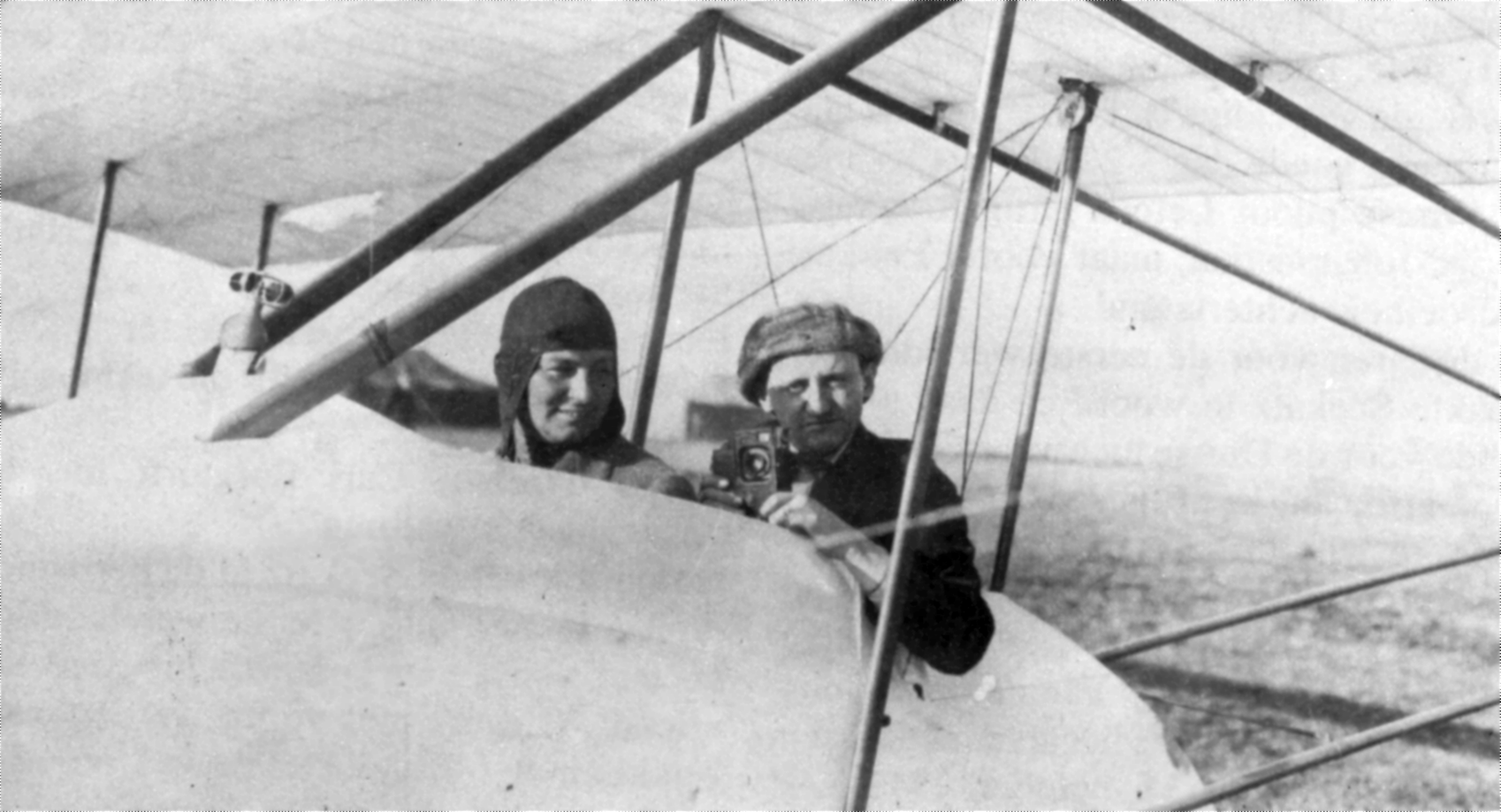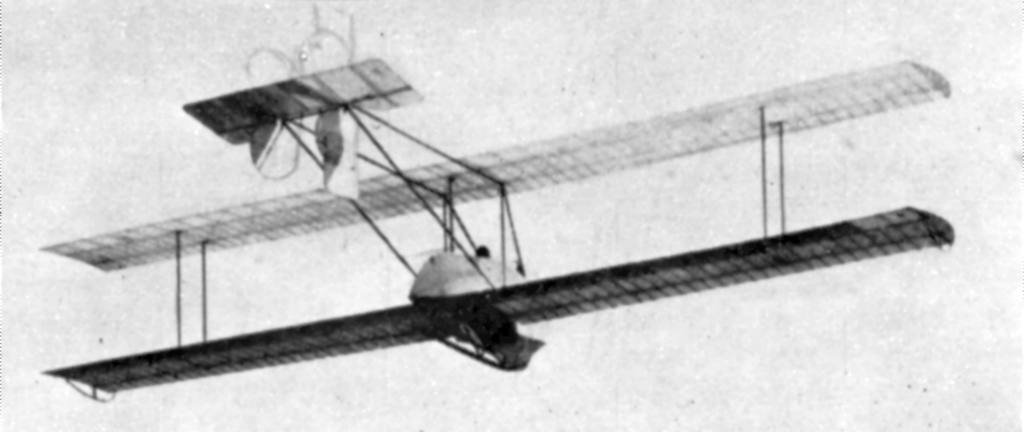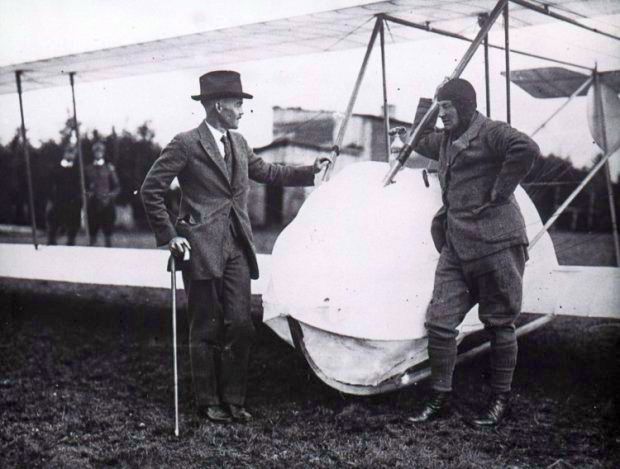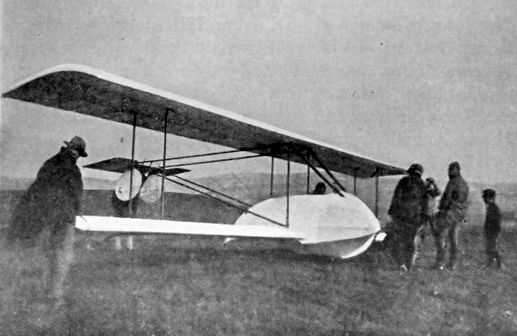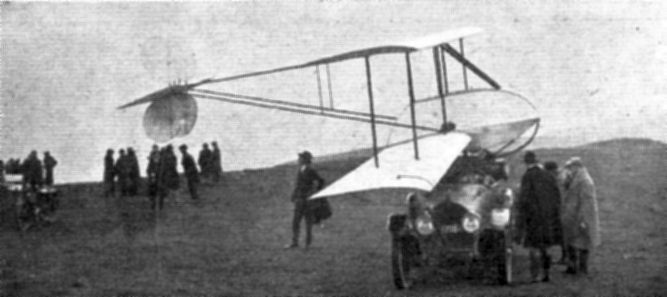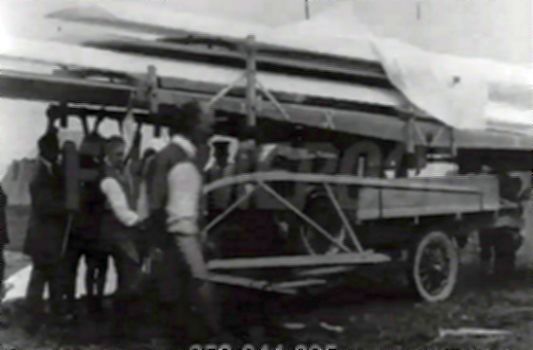Overview page of the Fokker FG.series
Preliminary translation
In 1922, Anthony Fokker commissioned his chief engineer Reinhold Platz to quickly design a glider.
Anthony wants to participate in the Rhön gliding competitions in Wasserkuppe in Hesse Germany.
Platz managed to produce 2 gliders, the FG.I and FG.II in a record time of 10 days in 1922 in Amsterdam.
FG stands for 'Fokker Glider' or 'Fokker Gleitfluzeug'. Segelflugzeug is also used in German.
The FG-I was a single person, the FG.II had room for 2 people.
To save weight, Platz opts for wing warping and not for ailerons.
After the competitions in Wasserkuppe, Fokker is invited to demonstrate his gliders in England.
In Itford Hill Sussex he improves his personal best by staying in the air for 37 minutes.
Although there is interest in his gliders from the US military, Fokker refrains from further development.
Although there was interest in his gliders from the US military, Fokker refrained from further development.
Klik op de foto om de foto te vergroten
FG.I
Fokker FG-1
The FG.I is a single-seat glider and was built in 1922.
In that year Fokker participates with the FG.I in both the Rhön competitions in Wasserkupe Hessen (Germany).
He also takes part in the 'First British Glider Competition' in Itford Hill, Sussex (South England).
FG.II Fokker FG-2
The FG.II was built at the same time as the FG.I and was the world's first two-seat glider.
In "Flugsport" van 12 september 1922 schreef Seekatz over deze vlucht:
"Fokker had in zijn fabriek te Amsterdam twee tweedekkers doen bouwen, één met een vleugeloppervlak van 36 m² en één kleinere met 27 m². Zij waren in tien dagen klaar en werden in drie dagen met een transportauto naar de Rhön vervoerd. Wij hadden besloten om direct met zijn tweeën te vliegen, want de feitelijke wedstrijden waren reeds voorbij en het record van ruim drie uur te slaan was een opgave, waaraan wij niet zo gemakkelijk zouden kunnen voldoen. Ik zit achter Fokker, zes sterke Rhön-enthousiasten trekken aan de kabel, Fokker roept "los" en na een paar meter hangen wij in de lucht, maken een sprong en landen weer.
Nu spannen wij de kist achter de Cadillac, zegt Fokker en wij zweven iets langer. Van mijn zitplaats uit kan ik zien, dat Fokker de machine volkomen in de hand heeft. En nu met het toestel naar de helling, kommandeert Fokker. De Kuppe is vol menschen, de wind is goed en iedereen kijkt vol spanning toe. De eerste passagiersvlucht met een zweefvliegtuig gaat gebeuren. Het kommando "los", de jongens rennen, ik merk, dat de machine goed los komt en direct stijgt. Op hetzelfde moment echter een ruk, de neus van het toestel wijst recht naar beneden, voor en achter mij rotsblokken, de kabel zit nog vast, zit ergens geklemd, nog een ruk, de machine herstelt zich. "Is er iets kapot?" roept Fokker naar mij. Vlakken hangen er nog aan, alles in orde, vooruit maar weer. Door die duik hebben wij te veel hoogte verloren en kunnen wij van den opwind geen profijt meer trekken. Wij moeten landen, daar bij die wei, zegt Fokker. "Laten wij liever op dat klaverveldje landen," zeg ik, "dat is dichter bij de straatweg".
Het spreken in zoo'n zweefvliegtuig gaat prachtig. Alles loopt schitterend van stapel, wij waren bijna twee minuten in de lucht.
Het kleine wereldrecord is er. Nu komt de werkelijke recordvlucht. De wind waait nog steeds uit de goede richting, is echter niet zeer krachtig. Wij starten glad en vliegen in de richting van het dal, naar het dorp Poppenhausen. De plek is goed en Fokker besluit hier te blijven. En dan doet Fokker iets, wat nog niemand op de Wasserkuppe zag, hij draait een prachtige steile bocht, zooals wij dat gewend zijn van motorvliegtuigen. Het ziet er uit alsof wij hier dagen zouden kunnen zweven. Wij vliegen dichter bij de met bosschen bedekte helling om te zien of ook daar voldoende opwind is. Wij zakken echter door en moeten weg. Doch de wind begint al minder en minder te worden en het wordt tijd om te landen. Bovendien, het record is gevestigd en ons doel is bereikt. Wij feliciteren elkander, ik Fokker als recordhouder, hij mij als eerste passagier in een zweefvliegtuig".


